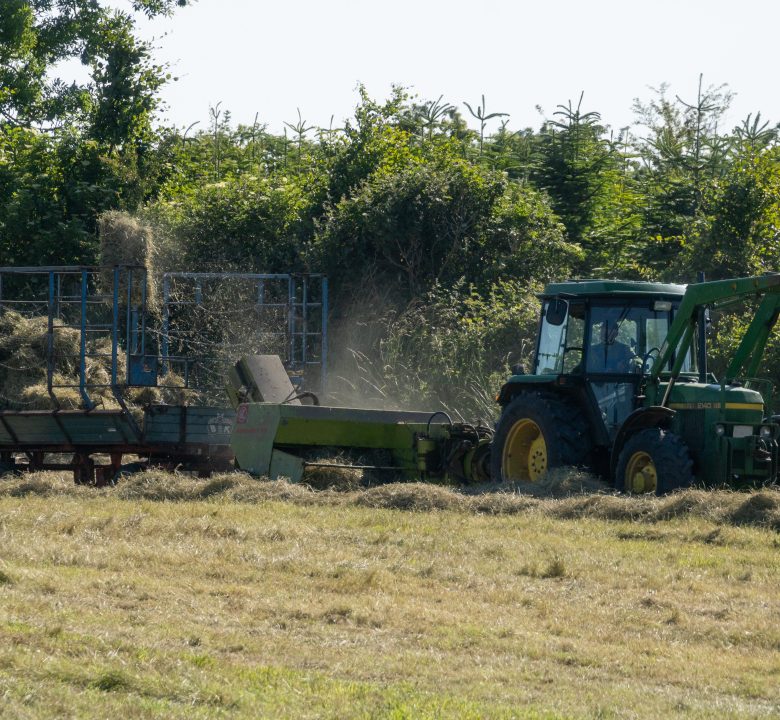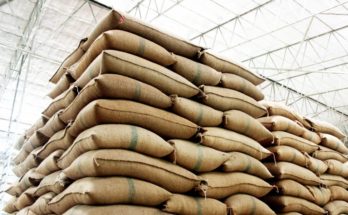Understanding the Benefits of Compost Tea Producers
April 1, 2023
The Benefits of Renting Composting Equipment
April 3, 2023Introduction
Seed processing is a crucial aspect of the agribusiness industry that plays a significant role in improving the quality of crops and increasing the yield of farmers. The process involves cleaning, grading, and treating seeds to ensure that they are of high quality and ready for planting. In this article, we will delve into the various aspects of seed processing and how it can be optimized to improve the agribusiness model.
The Importance of Seed Processing
Among the fact that seed processing in Africa is mainly controlled by foreign organizations, Africans rely on research organizations run by these validated and certified foreigners for accepted seeds. Africans taking control of seed processing is crucial for several reasons, including:
Improving seed quality
One of the main benefits of seed processing is that it improves the quality of the seed. The process involves cleaning the seed to remove any impurities, such as dirt, stones, or other debris, which can negatively impact the growth and yield of the crops.
Increasing seed viability
Another key benefit of seed processing is that it increases the viability of the seed. This means that the seed is more likely to germinate and grow into healthy crops.
Adding value to African Market
The value added from African farmers that focus on seed processing is tremendous with the reduction of reliance on outside sources and the close proximity of farmers participating in seed swapping. These practices have been long traditional practices of African farming neighbors.
Reducing the risk of seed-borne diseases
Seed processing also helps to reduce the risk of seed-borne diseases. By treating the seed, any pathogens or diseases that may be present on the seed can be eliminated, reducing the risk of the disease spreading to the crops.
The Seed Processing Agribusiness Model
The seed processing agribusiness model is based on the idea that improving the quality of the seed will result in improved crop yields and increased profits for farmers. The model involves several key steps, including:
Cleaning and Grading
The first step in the seed processing agribusiness model is cleaning and grading the seed. This involves removing any impurities and debris from the seed and grading the seed based on its size, shape, and other physical characteristics.
Treating the Seed
The next step in the seed processing agribusiness model is treating the seed. This may involve treating the seed with chemicals to eliminate any pathogens or diseases that may be present on the seed.
Packaging and Storage
Once the seed has been cleaned, graded, and treated, the next step is to package and store the seed. This involves packaging the seed in airtight containers to prevent contamination and storing the seed in a cool, dry place to ensure its viability.
Distribution and Sales
The final step in the seed processing agribusiness model is distribution and sales. This involves selling the high-quality seed to farmers, who can then use the seed to grow healthy crops that will result in increased yields and profits.
Conclusion
In conclusion, seed processing is a crucial aspect of the agribusiness industry that plays a significant role in improving the quality of crops and increasing the yield of farmers. The seed processing agribusiness model involves several key steps, including cleaning and grading the seed, treating the seed, packaging and storing the seed, and distributing and selling the seed. By optimizing the seed processing process, agribusinesses can improve the quality of the seed, increase the viability of the seed, and reduce the risk of seed-borne diseases, leading to improved crop yields and increased profits for farmers.
Thoughts from our CEO
Africans have the opportunity to tackle these seed processing challenges by making efforts to introduce our own creations and develop our own solutions. Seed processing and seed production is a niche that young African agribusiness enthusiasts can be a part of today. The foreign infiltration and exploitation of African resources and systems is evident and fighting is nearly futile. But I believe that as we work to make a difference in the seed processing sector we can begin take charge of our agribusiness value chain.



